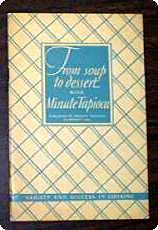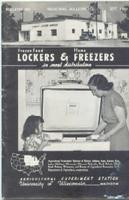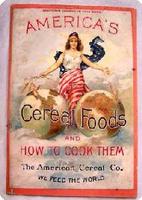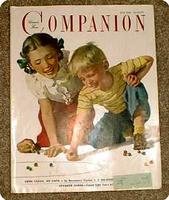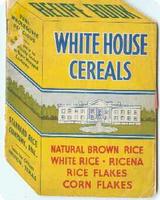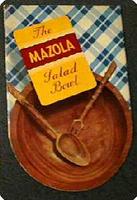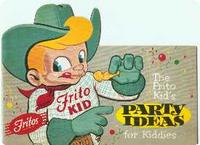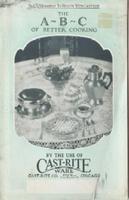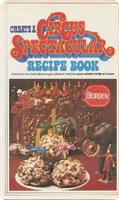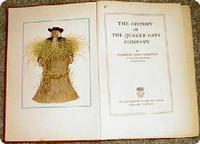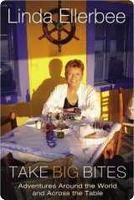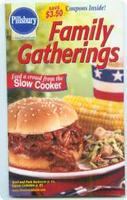The Julie/Julia Project Book
The first blog to really catch my attention was the Julie/Julia Project, a blog about a NYC secretary who made a vow to cook her way through all the recipes in Julia Child's Mastering the Art of French Cooking.

I started reading the blog after all the entries had been completed (but before Julia Child passed away). It took me three days to read it all. My eyes were burning and fatigued when I went to bed at night from staring so intently at the computer screen all day.
I was captivated and fascinated.
The blog was a combination of so many things. A cooking lesson, as she chronicled every (sometimes humorous) detail of the recipe preparation. A look at life in the Big Apple, through the eyes and words of a regular person as opposed to that of a celebrity or the wealthy, as Julie traveled to work, went on her food shopping expeditions and lived in a tiny apartment. The examination of the give-and-take in personal relationships, as the Project also affected the lives of her relatives and friends for those 365 days.
Part of the blog's attraction to me was that I love New York City and all that it is. I'd like to live there, although short of winning the Powerball, I'll realistically never realize that dream unless I reconcile myself to living in a cardboard box. A perfectly legal glimpse into the personal, everyday life of a live New Yorker was not to be passed up.
I admired her perserverance. Firstly, for basing the Project on a cookbook that taught French cooking. It would have been a lot easier to choose a title like "4-Ingredient Meals." Secondly, for sticking with it even though she worked full-time; had to master some difficult cooking techniques, often on some less-than-palatable sounding dishes; that she sometimes had to strain the budget on the ingredients; and for not giving up even when it reached the crazy stage.
I also had to admire her husband, Eric, for the support he showed towards The Project. Not many men are good-natured enough to get through something like this.
All in all, it was an inspirational example in the art of self-discipline. 365 days goes by pretty quickly when you actually think about it. What exactly did I accomplish last year that was so great?
And as a surprising result of her months of getting up close and personal in the kitchen with Julia, Julie Powell got a book deal out of her blog. The Seattle Times did a book review today of this blog-turned-book, Julie and Julia : 365 Days, 524 Recipes, 1 Tiny Apartment Kitchen.
My copy of the book has been ordered and is on it's way. Buying the book is the least I can do for all the inspiration and entertainment that Julie's blog provided me.




